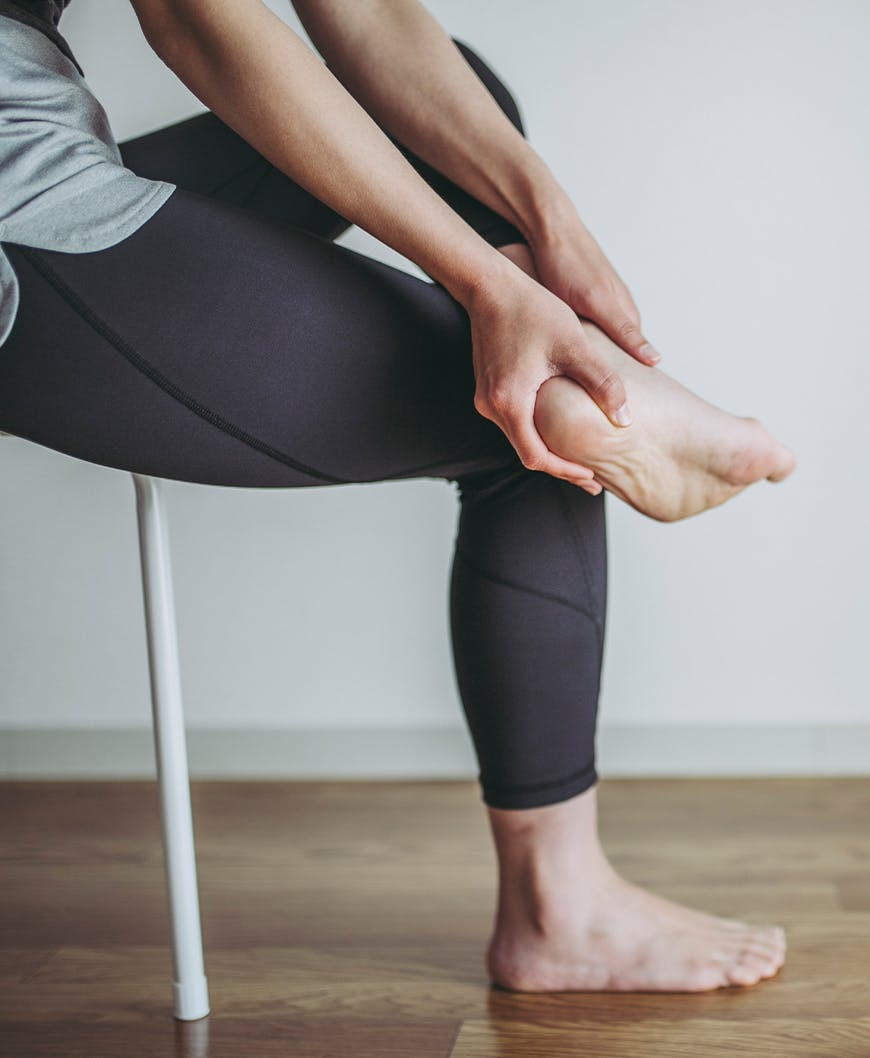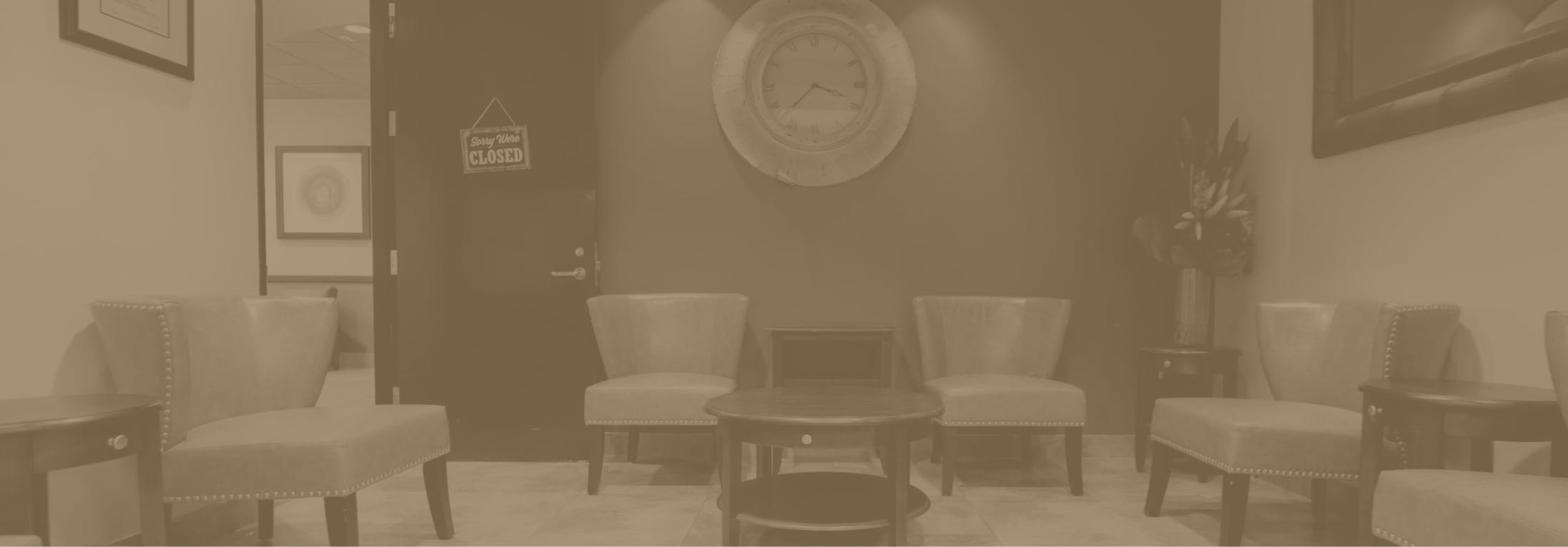Whenever you walk or exercise, you place high amounts of stress on the heel of your foot. While your feet should be strong enough to handle a very heavy load, it’s possible that you could place too high of a load on your feet over time, which can bring about heel pain.
Plantar Fasciitis and Other Heel Conditions
When taking a look at the most common form of heel pain — known as plantar fasciitis — this condition occurs when the band of tissue between your toes and heel bone becomes inflamed. This can cause pain along the back of the heel, or underneath it. When you’re affected by plantar fasciitis, the fascia tissue will specifically become irritated before being inflamed.
While plantar fasciitis is the most common form of heel pain, some additional reasons that you might be experiencing pain include arthritis, nerve irritation, tendonitis, and a stress fracture. Whether you’re experiencing pain beneath the heel or behind the heel, getting treatment soon after you notice the symptoms is important if you want to avoid having the pain worsen.









